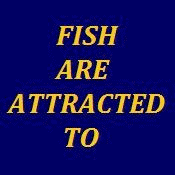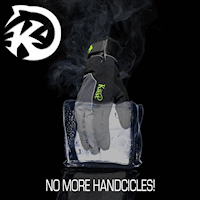Ok, a native female heads up river, then sees a nice male hatchery fish and they decide to spawn. The hatchery ,male continues up to the hatchery while the native female goes back down river. Her babies swim out to the sea without being clipped. So are they native or not? Aren't they all mixed by now? I am just wondering how they tell a true native. Will they not spawn with hatchery fish? Is there truly a 100% strain of wildfish left? I am asking this in serious mode. I am wondering if there is an actual study of native fish only spawning with other natives, or is it a survival mode either way???
No they are wild fish but not native.
Fortunately in a lot of places this doesn't happen too often because of the earlier run/spawn timing of the hatchery fish.
In SW Washington you have both the early (type S) and late strain (type N) coho and the late strain coho probably overlap and spawn with the wild coho.
Then what you got is some screwed-up coho.

That is one of the concerns with the later spawning broodstock steelhead.
No, they aren't all mixed by now?
A good report to read is Kathyrn Kostow's "Naturally Spawning Hatchery Steelhead Contribute to Smolt
Production but Experience Low Reproductive Success" and you will see that the three species on the Clackamas River were all identified using DNA and it was concluded that cross-breeding was probably at a minium or non existant since the three species didn't share the same DNA.
You can pretty much tell if it is a native by the later run timing combined with an adipose fin.
As previously mentioned DNA can also answer that question.
They don't have DNA from fish 100 years ago or so, so it is impossible to compare DNA on wild fish back then to present fish.
But as I mentioned the DNA testing done on the Clackamas wild steelhead showed no DNA from the hatchery summers or hatchery winters.
Normally when a hatchery fish spawns with another hatchery fish or wild fish in the wild it's progeny don't survive very well.
Dano













 Previous Topic
Previous Topic Index
Index


